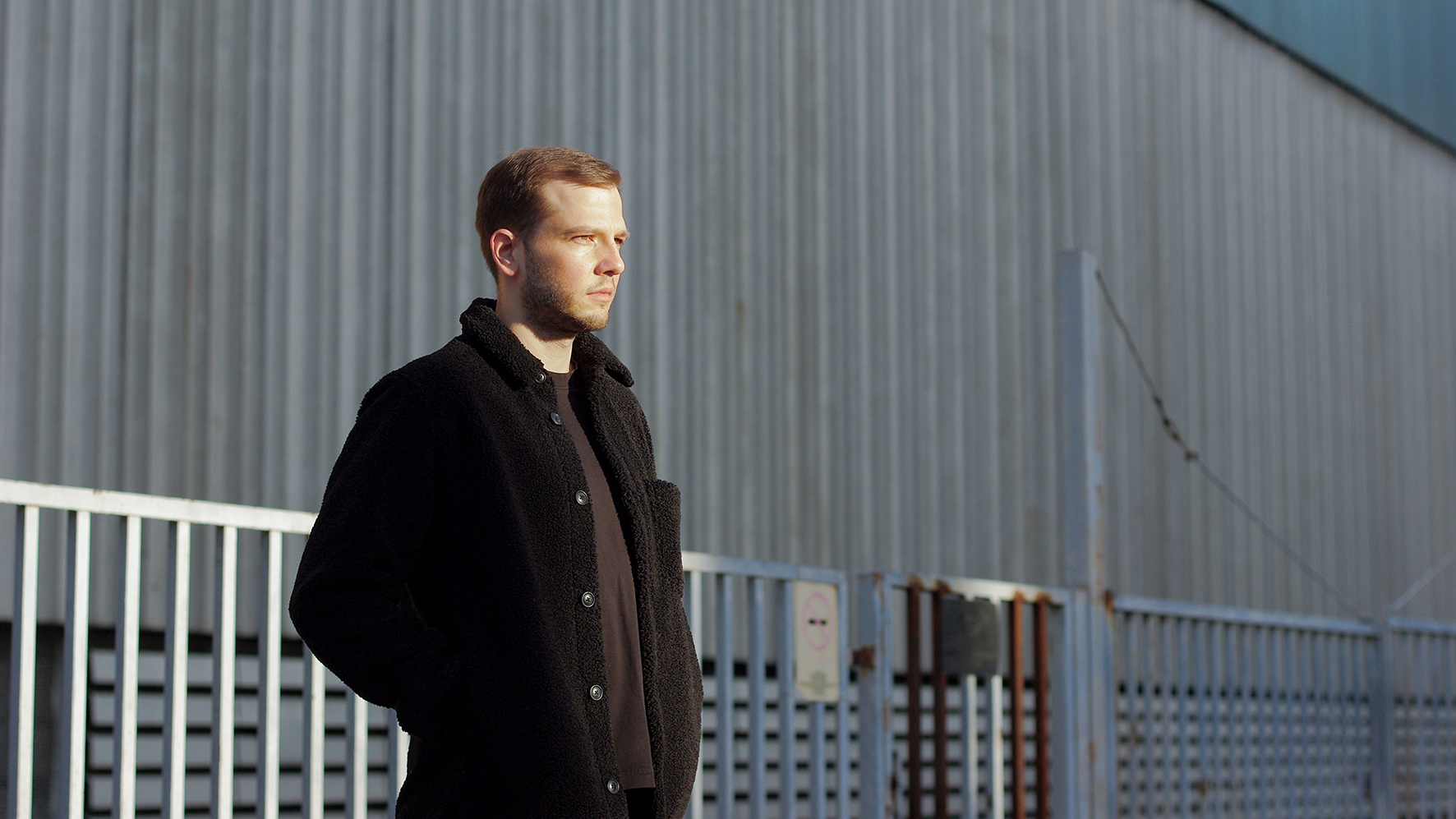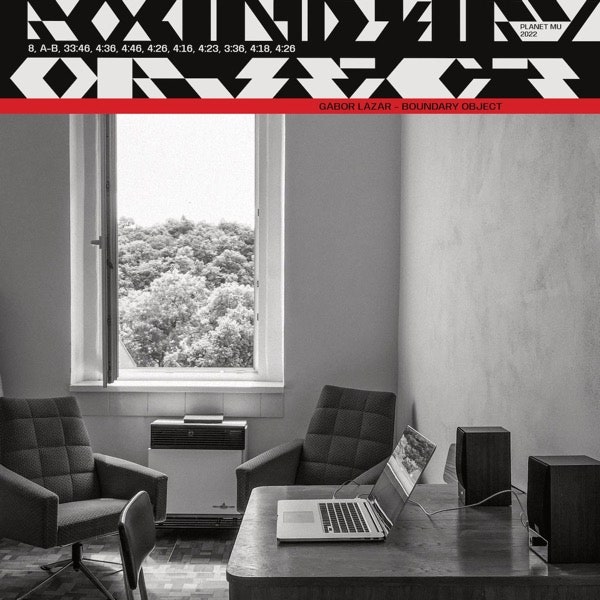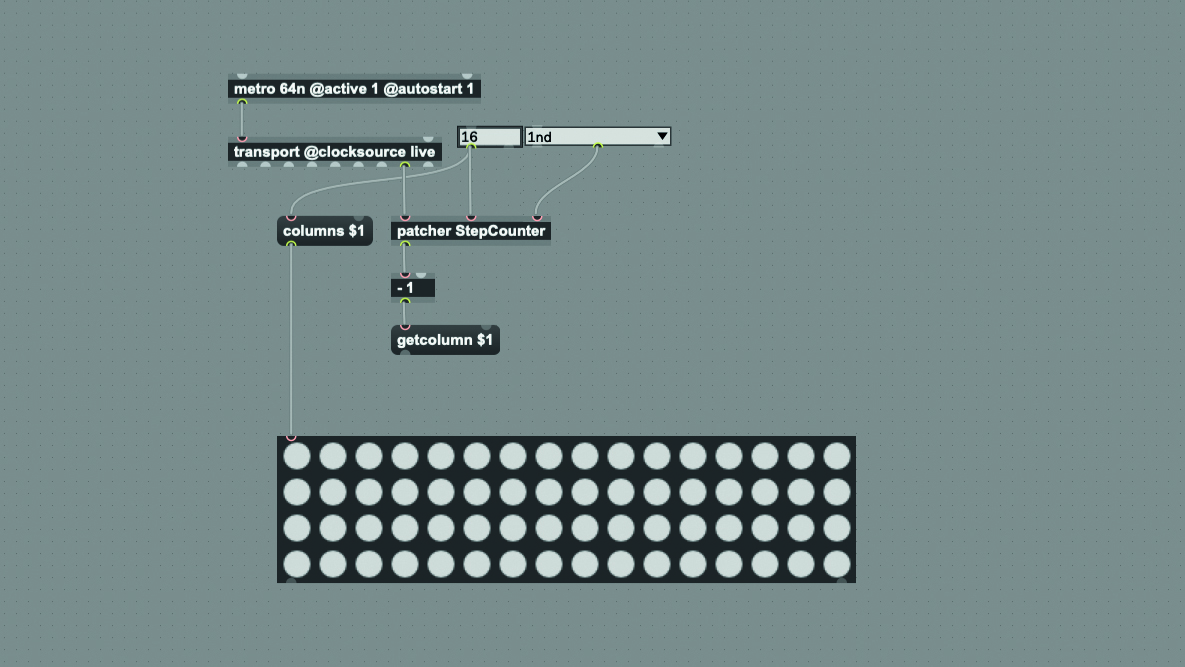Gábor Lázár: "Why does most music technology still offer almost the same techniques that we already had 30 years ago?"
The Hungarian producer talks us through the self-designed "compositional interfaces" behind his new album on Planet Mu

It’s no secret that many of us make use of the same tools in our music-making. These DAWs, synths and plugins guide us down familiar creative paths, fostering conventions and customs that, in their familiarity, have perhaps begun to seem unquestionable. Does this restrict our creativity and stifle our imagination, compelling us to write music that’s less original, and less unique?
Wherever you stand on that question, there’s no doubt that those who create their own music-making tools, building their own instruments from the ground up, often sound like nobody else.
One such artist is Gábor Lázár. Working in Max, he designs and builds “compositional interfaces” that allow him to circumvent the traditional, linear ways of working that popular music software promotes. Through these explorations, he develops a musical language that’s all his own, arriving at unexpected and unfamiliar musical conclusions in the process.
Lázár’s latest album, Boundary Object, collects the results of these experiments, presenting raw and unedited snippets of the music that his self-devised software instruments have dreamed up and spat out, recorded in real time.
Working with a basic laptop-and-speakers set-up depicted on the album’s cover, he’s created some of the most adventurous electronic music we’ve heard this year, proving that with a decent computer, enough ingenuity and a desire to do things differently, there’s not much you can’t do.
Could you walk us through the “self-designed compositional interface” that you were working with to produce these tracks?
“My intention was to build an interface that would allow me to create structures that would be very complicated or impossible to make by using widely available software. I would like to work in the opposite way to this type of software. While music-making software is designed to arrange musical elements linearly, my interface was designed to deconstruct them in a non-linear way.”
Want all the hottest music and gear news, reviews, deals, features and more, direct to your inbox? Sign up here.
What do you find most creatively stimulating about building your own instruments, or compositional interfaces, in software?
“I think I just like to be independent and create my own universe of things. I remember when my dad wanted to show me how to do certain things in the garden or around the house.
“Most of the time I refused to do it the way he showed me – not because I thought that his solution was wrong, but because I wanted to explore the situation and to find my own way. That’s very stimulating to me. I think a lot about why I make such decisions, why I make this kind of music, and it’s very interesting that I find the answer around everyday life and around personality.”
We could radically change our understanding of music if we allowed music technology to do what it can do
“There is a thought that comes to mind frequently: why do we keep music in these linear forms? Moreover, why do most synths, drum machines, software or any music technology still offer technically almost the same techniques that we already had 30-40 years ago?
“We could radically change our understanding of music if we allowed music technology to do what it can do. Do the models offered by certain cultures and traditions lock us into already known structures and symbols? It is a problematic topic and probably there isn’t a right answer to it, rather I wanted to focus on such creative and technical solutions that are moving in a hybrid direction.”
You’ve said before that you’re interested in generative techniques and using “musically non-relevant sources as compositional tools” - could you expand on this?
“I cannot play instruments, I have no knowledge which could be musically relevant traditionally. So basically, every idea I have is musically non-relevant. For instance, using visual content to create audible material. It’s a very common technique, but a good example to show what I mean.”
How do you feel your music has evolved since you released Source in 2020?
“Unfold and Source were both made in Logic. As a teenager at the age of 15 I made a lot of music with software like Reason, Cubase, and Nuendo, which is typically used to make widely accepted forms of electronic or electroacoustic music. At that time I really enjoyed using them - especially Reason.
I didn’t want to buy something that most producers already have and use. In Max/MSP, I can create my own musical language
“These programs are legitimate parts of the history of electronic music and at the same time they are important stages of my early explorations. I wanted to use that kind of linear, timeline-based software again and make music which somehow would extend my works to other territories than those where I have been in before. Unfold and Source look back while Boundary Object looks forward, but they share common ground I think.”
The press release for Boundary Object tells us that the tracks were recorded in real time and unedited. What draws you towards this “one-take” way of working?
“Even though it's computer music, things happen intuitively when I interact with my interface, decisions are made quickly when recording, and sometimes I can’t reproduce the same nuances. I think it adds some value, or at least it puts the listener into a different perspective.”
The album cover for Boundary Object shows a room with a simple set-up, a laptop and two monitors. What do you find appealing about this minimal set-up?
“As a teenager, I couldn’t afford to buy synths, even though I had some cheap gear, and also made PCBs and built guitar pedals. Later, when perhaps I could have bought proper synths, then I didn’t want to buy something that most producers already have and use. I think I just found many creative outputs using software such as Max/MSP, where I can create my own musical language.
“It is essential for me to be able to work anywhere. I don’t want to miss out because of problems with logistics and lack of space. This photo of the kitchen I took where I worked for around two weeks in Prague. I felt really focused there, even if it was a kitchen with the fridge and washing machine behind me. I think the photo carries the message that ideas can emerge without costly tools too.”

We can hear fragments of more conventional club rhythms within the tracks on Boundary Object. Where does your work stand in relation to more traditional strains of dance music?
“There is a close connection, of course. I used to DJ quite a lot during my late teenage and early 20s. I played vinyl, and used to go out a lot from the age of 14. Me and my friends grew up in a suburban district, actually in the last street of the city at Budapest’s border.
“There were no night buses at that time so we stayed in the clubs until morning. So probably this era of my life left strains on my identity, on my personality and on my recent works as well.”
The title of Boundary Object refers to a concept drawn from academia. Do you feel that an understanding of the conceptual context or background of the record is at all essential to how you’d like it to be received?
“Not at all. I’m absolutely not an academic type of person and I don’t like to overthink it at all, but certainly there are a couple of interesting aspects around the title.

“Once my girlfriend handed me a book about ethnography and cultural anthropology and I randomly opened it to a chapter called Boundary Object, which was about how an 'object' can translate between different groups of people with different kinds of knowledge and background. So it is something that connects different social worlds and helps them collaborate.
“I connected this to music immediately, to different subcultures around music and to people who listen different kinds of music and to artists who make different kinds of music and how something could translate between them.
“I picked this title when the album was done so there was no intention to synthesize the title with sound, but I hope that this record can bridge different scenes and different people.”
How do you approach performing this kind of material live? Are you recreating tracks from the album in your live show, or working with the same instruments and patches, or are you improvising new material?
“It’s a mixture of these things. Most of the time I work with stage lights as well. When I play live I interact with rhythmic patterns and textures and usually I go further with the deconstruction, I guess. I try to explore further with my techniques.
“For me playing live is not just about the performance and the composition but it’s about loudness and physical aspects of the sound and space and experience. You can’t get that at home when you listen to the record.”



I'm MusicRadar's Tech Editor, working across everything from product news and gear-focused features to artist interviews and tech tutorials. I love electronic music and I'm perpetually fascinated by the tools we use to make it.